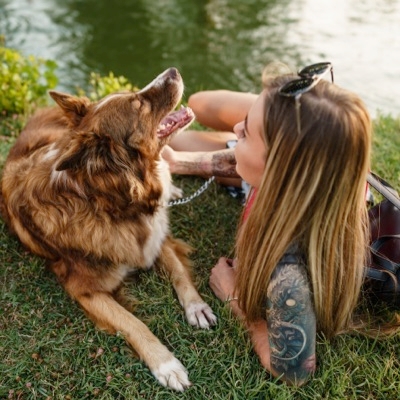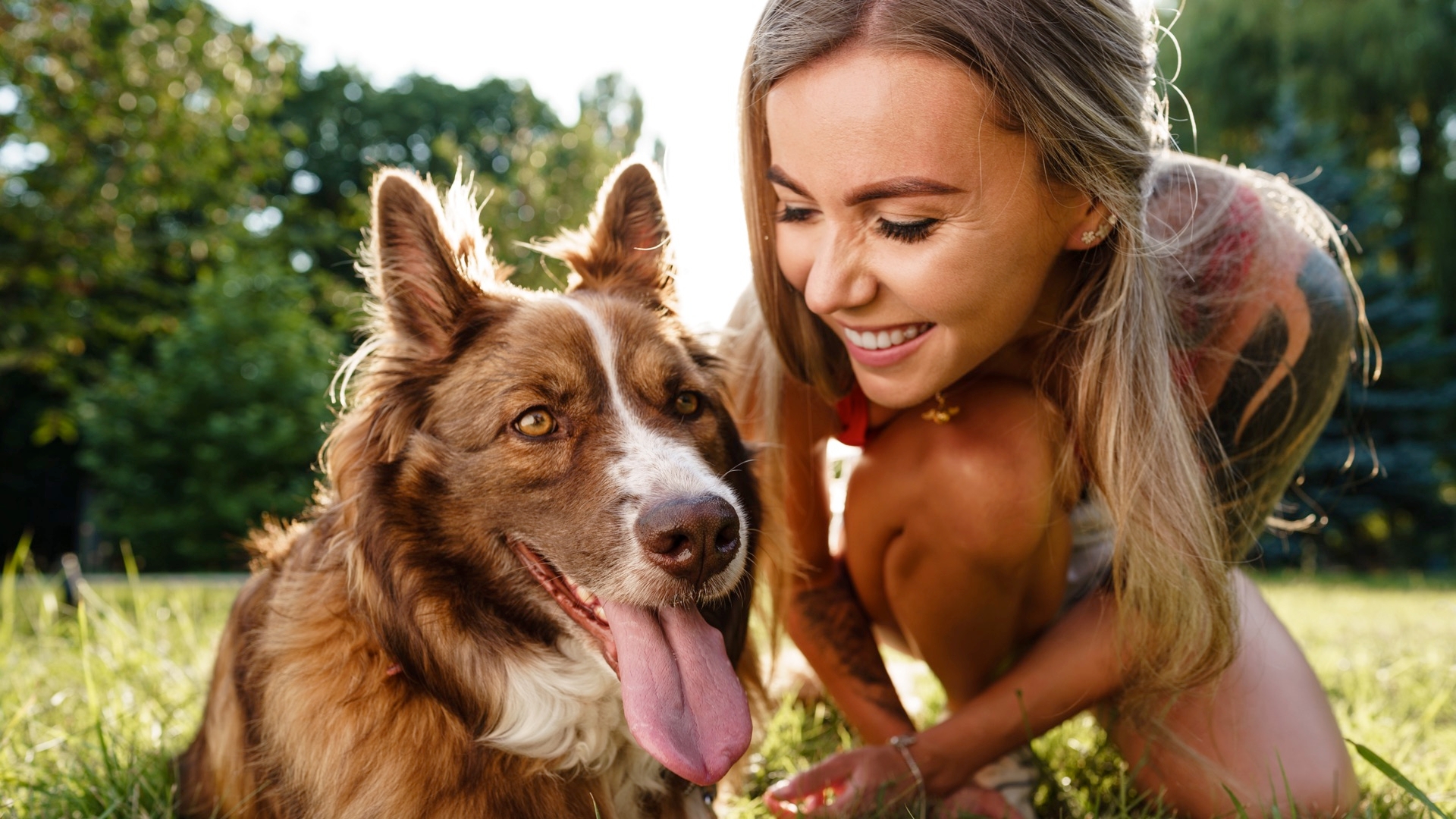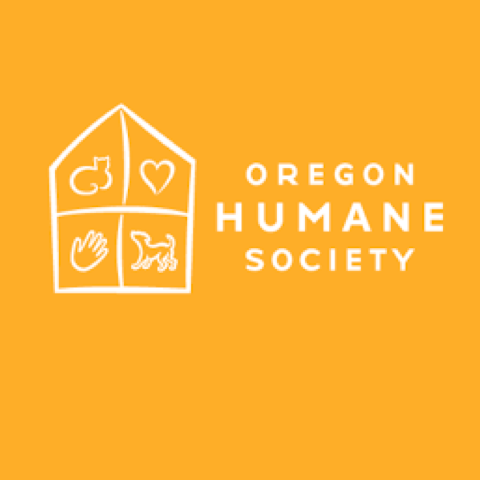Your Adolescent Dog:
Summary:
In dogs, adolescence begins at roughly sixteen weeks and can extend until two or three years of age, depending on the dog's size and breed. As with human teenagers, adolescence is an in-between time for dogs: they're not puppies anymore, but they're also not yet adults!


In dogs, adolescence begins at roughly sixteen weeks and can extend until two or three years of age, depending on the dog's size and breed. As with human teenagers, adolescence is an in-between time for dogs: they're not puppies anymore, but they're also not yet adults! Although this time may feel difficult to endure, remember that your dog is going through an important developmental stage. With patience, consistency and clear training, you can help your adolescent dog navigate this period and grow into a wonderful adult dog.
Key Developmental Features of Adolescent Dogs
Adolescent brain: Although your adolescent dog may look like an adult, they probably don't act like one. In dogs, as in humans, brains mature from the back to the front. Your teenage dog's frontal lobes have not finished developing, which means that his capacity for self-control is limited. Your dog simply can't help being impulsive.
Increased emotional reactivity: Adolescent dogs are easier to overstimulate than puppies or adult dogs and have a harder time settling. They tend to look for ways to satisfy their need for more excitement, such as escaping from your yard or home and roaming the neighborhood (these behaviors can be reduced with spaying/neutering).
More vulnerable to damaging effects of stress: Because your adolescent dog's brain is still developing, it is more vulnerable to stress. The more you can do to give your dog an enriched environment and clear and calm guidance, the better it will be for their development.
How to Help Your Adolescent Dog
There are several things you can do to help you and your dog survive adolescence.
- Anticipate your dog's responses to triggers. Your dog's triggers may include other dogs, toys, noise, children, skateboards, or cats. Because adolescent dogs are quicker to react and take longer to settle, it is important to anticipate your dog's reaction to a range of events and intervene before they get overstimulated.
- Avoid situations that are likely to overstimulate your dog. Until your dog has learned to remain calm in a variety of situations, set them up for success by avoiding overstimulating environments (dog parks, crowded areas, outdoor restaurants and bars, barbecues, children's birthday parties, etc.).
- Arrange walks with friendly, mature dogs. If you know someone with a calm, patient dog, you can help your teenage dog by taking them for a walk with the adult dog and your friend. This is an excellent way to help your dog learn how to stay calm around an appropriate dog. Your dog can look to the older dog for guidance.
- Reward desired behaviors and avoid/ignore undesirable ones. Use positive reinforcement2 to teach your dog polite manners. Use your dogs favorite treats and toys to reward them for doing the right thing. You can teach your dog to ‘sit' instead of jumping up, or to ‘go to mat' instead of barking at the door. To make walks easier, practice loose-leash walking (a well-fitting harness can help with this!) and use treats to encourage your dog to check in with you on walks.
- Provide plenty of exercise and be mindful what you teach. There's an old saying that a tired dog is a good dog, but make sure that the exercise doesn't just amp your dog up. Try walks with lots of sniffing breaks, or play fetch and ask your dog to sit between every throw. Fetch is also a good time to practice ‘drop it'! Playing tug or wrestling with your dog can be a recipe for disaster, as you are teaching your dog that it's okay to get rough with arms and hands. Even if you like these games, it's not helping your dog be calmer and play well around your family and friends.
Give your dog plenty of opportunities to be a happy dog. Dogs like to dig, chew and sniff. They also like to roll in grass and mud. You can provide safe outlets for these behaviors by designating a specific spot in your yard or by building a sandbox specifically for your dog. Make sure you provide plenty of chew toys that are safe. Teach your dog to use their nose by hiding treats around the house and encouraging them to “find it!” Try feeding your dog out of a puzzle toy instead of a regular bowl.


